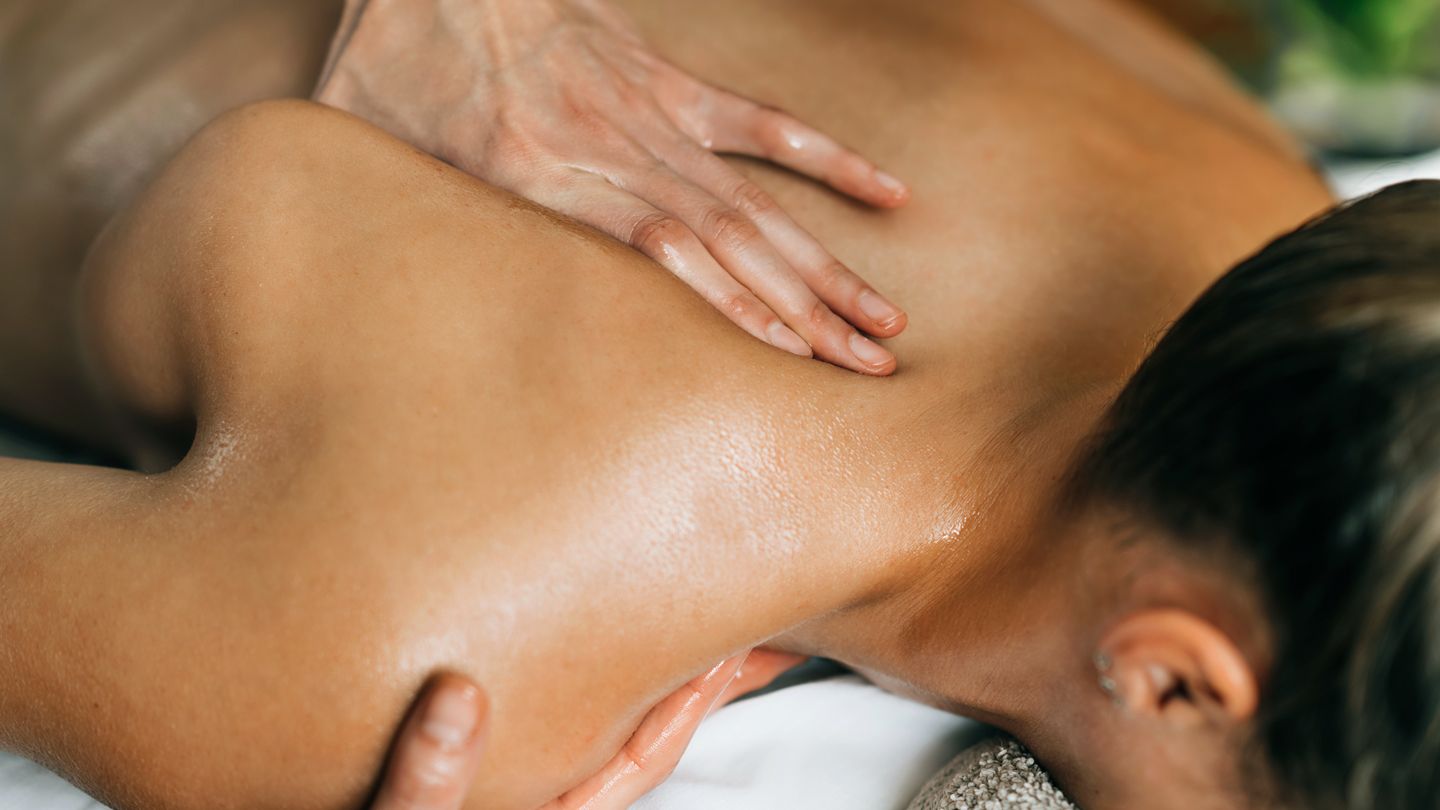Robert Shmerling, MD, a corresponding member of the faculty at Harvard Medical School in Boston and the senior faculty editor at Harvard Health Publishing, says that people with RA are increasingly turning to therapies such as massage and acupuncture to alleviate pain. Though these treatments have not been proven to help reduce the inflammation that causes RA symptoms, they can help improve feelings of well-being, which in turn can impact your RA, Dr. Shmerling says.
“During most of these therapies, you’re potentially relaxed and less stressed,” Shmerling says. “You’re focused on healing and putting your mind at rest, so the treatments can have positive effects.”
Most medical professionals refer to these treatments as “complementary therapies,” meaning they shouldn’t replace traditional treatment for RA but might add to the overall effects of conventional therapies.
If you’re ready to add new approaches to your RA treatment regimen, consider these options.
1. Massage
According to a review of research, available evidence from clinical studies suggests that massage — including Swedish massage, aromatherapy massage, and foot reflexology — can reduce pain, improve joint function, and modulate inflammatory markers and cortisol levels. But additional studies with larger sample sizes and longer follow-up periods are needed.
In general, massage is safe for people with RA, Shmerling says, but be sure to review your current condition with your massage therapist before every session. “Each time, there should be a discussion of where the issues are and parts of the body that might be tender,” he says. “Massage tends to focus on muscles, while RA affects the joints. There’s usually a way to avoid having a massage that is too aggressive and ends up causing more trouble.”
2. Mindfulness Meditation
Mindfulness is a process of continually being aware of your thoughts and feelings — and observing those thoughts dispassionately rather than judging them.
According to a meta-analysis of research, mindfulness-based interventions have a positive — though small — effect on biomarkers of inflammation and stress in patients with psychiatric disorders and physical illnesses.
While studies haven’t shown a direct link between mindfulness practice and the reduction of pain and inflammation in people with RA, research has found that mindfulness affects how people with RA experience their symptoms. A small study of 28 people with controlled RA found that up to 12 months after completing a program of mindfulness-based stress reduction, their anxiety, depression, emotion-oriented coping, sleep, and function significantly improved, even though no significant impact was observed on pain and disease activity.
3. Biofeedback
This is another mind-body approach. Biofeedback uses an electronic device to help you get more in touch with bodily functions that are typically automatic. Then you can learn relaxation techniques to change the way you respond to pain.
There haven’t been many studies measuring the effects of biofeedback, but one analysis found that, when used in combination with other therapies, it may help people with RA improve functional capabilities.
If you’re interested in trying biofeedback or other mind-body techniques, such as hypnosis, guided imagery, or meditation, seek an experienced practitioner. Your rheumatologist may be able to provide a recommendation.
4. Acupuncture
This is done by inserting very small needles into the skin to stimulate specific areas of the body. Acupuncture is often used to alleviate joint pain.
A total of 11 randomized controlled trials involving 796 patients with RA found that acupuncture was an effective adjunctive treatment for patients with RA, beneficial for pain relief and improved quality of life.
The ACR recommends trying acupuncture as a part of your overall RA management approach.
The Takeaway
- Medication remains the most effective way to manage rheumatoid arthritis (RA), but complementary therapies like massage and acupuncture can be part of the overall treatment strategy.
- Mindfulness meditation may reduce psychological distress and improve well-being in people with RA, even though studies haven’t shown direct improvements in pain or disease activity.
- Biofeedback therapy has potential benefits when combined with other therapies, enhancing functional capabilities for individuals with RA. And acupuncture is considered a beneficial adjunct treatment for RA to relieve pain, but ensure it’s done by a trained professional to avoid risks such as infections.
- Discuss complementary therapies with your rheumatologist to make sure they’re right for you.
Additional reporting by Madeline Vann, MPH, and Kerry Weiss.
Read the full article here




